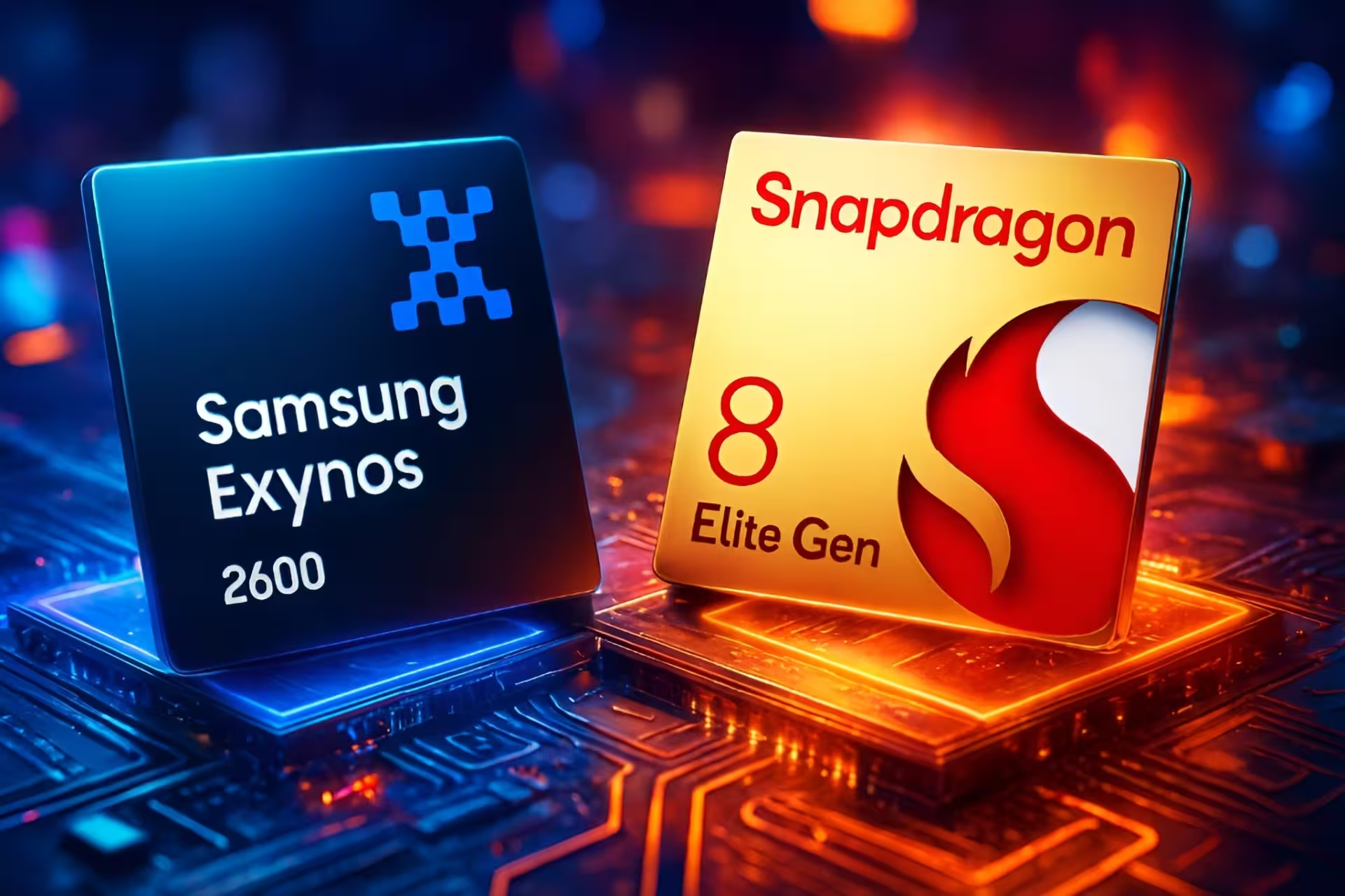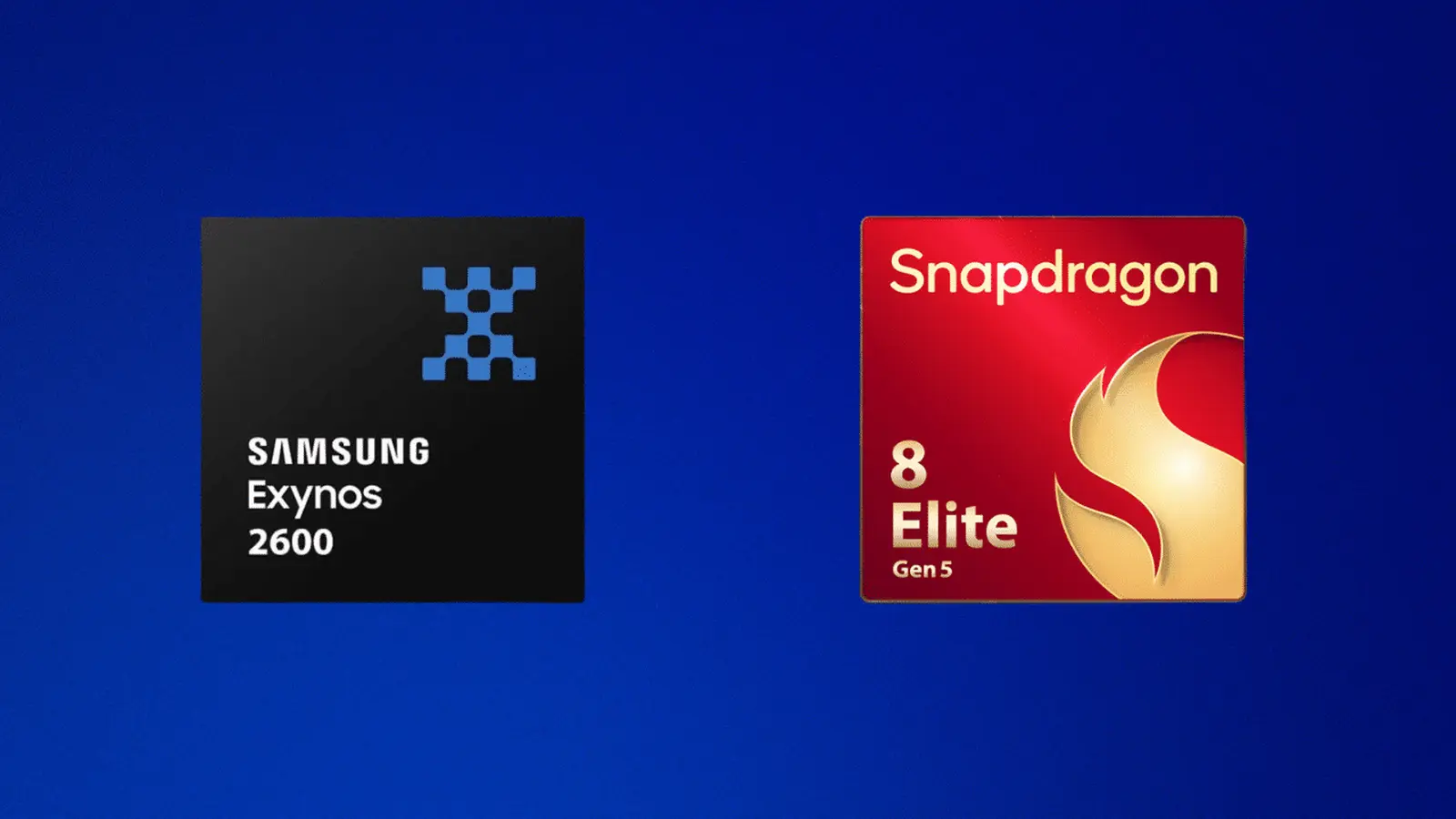3 Minutes
Qualcomm says it expects to supply about 75% of the system-on-chips for Samsung's upcoming Galaxy S26 series, leaving roughly a 25% share for Samsung's in-house Exynos 2600. The claim, made during Qualcomm's Q4 2025 earnings call, spotlights shifting dynamics in the premium Android market as Samsung pivots back to a dual-chip strategy.
Why Qualcomm is so confident
Asked directly about Samsung's potential use of an internal modem and its impact on Qualcomm's Samsung business, executives pointed to a new baseline for chipset share. 'Our assumption for any new Galaxy is always going to be 75%,' they said, noting that the company recently supplied 100% of the Galaxy S25 series. That 75% projection is a clear signal: Qualcomm expects the Snapdragon 8 Elite Gen 5 to be the dominant SoC across most S26 variants.
What this means in practice
Practically speaking, Qualcomm's outlook implies most S26 units — likely the majority of global SKUs and carrier models — will ship with Snapdragon silicon. Samsung's Exynos 2600 is expected to appear in a smaller subset of phones, probably in select regions or SKUs where Samsung prefers to test and refine its own 2nm GAA design.

Benchmarks vs. buyer confidence: a nuanced picture
It isn't that Exynos lacks raw merit. Pre-launch benchmarks show the Exynos 2600 performing strongly on efficiency metrics. Samsung's 2nm GAA chip reportedly uses just 7.6W on Geekbench 6 multi-core and 3.6W on single-core, beating some competitors on performance-per-watt. But Qualcomm's position suggests Samsung may still doubt the Exynos 2600's real-world advantage at scale — or it prefers to hedge risk by favoring proven Snapdragon supply.
Performance doesn't always equal market share
Benchmarks tell one story; supply chains, modem integration, carrier relationships and long-term reliability tell another. Qualcomm's Snapdragon platform remains deeply integrated with many carriers and markets, and its modem expertise is a major commercial asset. That helps explain why Qualcomm expects to capture the lion's share of S26 SoC slots despite Exynos' efficiency wins.
What Samsung, buyers and the industry should watch
- Regional splits: Expect the Exynos 2600 to show up in a limited number of countries or non-carrier retail models.
- Real-world tests: Look for third-party reviews comparing battery life, thermal behavior and connectivity between Snapdragon and Exynos S26 models.
- Supply and pricing: A larger Snapdragon share could affect retail assortment and carrier promotions, while Exynos-laden units might become niche or region-specific.
- Samsung's roadmap: How Samsung responds to feedback on the Exynos 2600 will shape its chip strategy beyond 2026.
In short, Qualcomm's 75% claim is as much a market statement as a technical one. It reflects strong commercial confidence in Snapdragon's place within Samsung's flagship line, even as Samsung continues to refine its own silicon. For consumers the takeaway is simple: expect choice — but likely a Snapdragon-dominant Galaxy S26 family when the phones arrive.
Source: wccftech


Leave a Comment